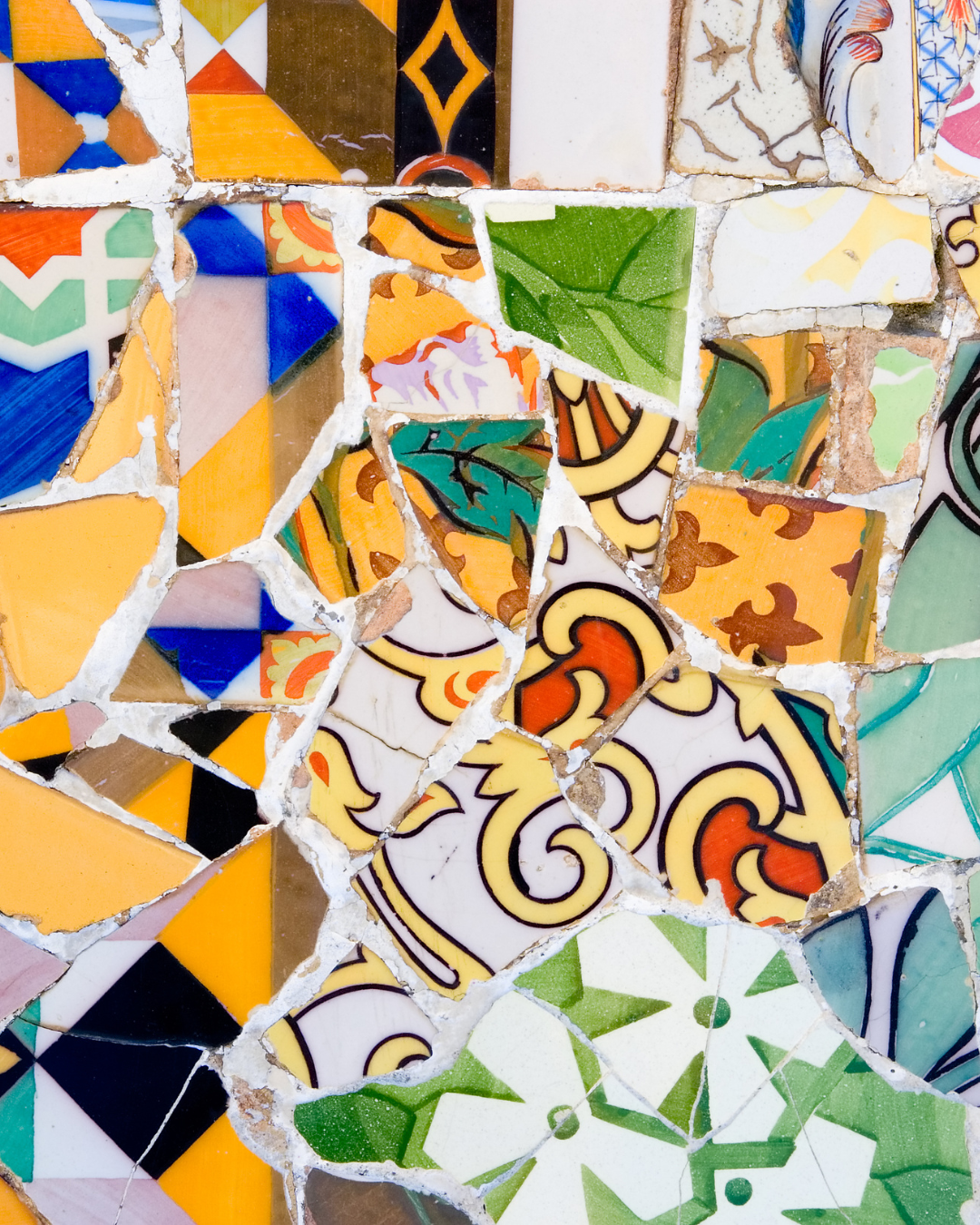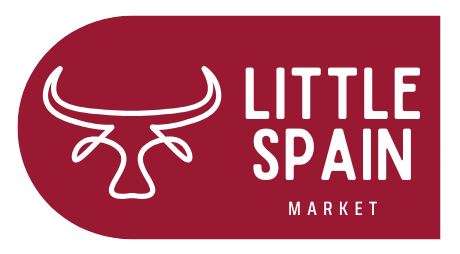
Gaudí's Mosaics: A Fusion of Color and Imagination
Share
When it comes to Spanish art and architecture, few names stand out like Antoni Gaudí. His visionary work transformed Barcelona into a vibrant canvas of organic forms, bold structures, and mesmerizing mosaics. Among his many artistic contributions, Gaudí's trencadís mosaics—a technique of assembling broken ceramic pieces into colorful patterns—are some of the most iconic and recognizable elements of his creations.
In this blog, we explore the inspiration, techniques, and significance of Gaudí’s mosaics in Spanish art and architecture.
The Inspiration Behind Gaudí’s Mosaics
Gaudí was deeply influenced by nature, Catalan culture, and modernist art. His approach to design was unconventional, often drawing inspiration from organic shapes, natural textures, and fluid movements found in landscapes and wildlife.
The trencadís technique, which became one of Gaudí’s signatures, reflects his philosophy of reusing materials and integrating them into harmonious, artistic compositions.
The Trencadís Technique: A Unique Form of Mosaic Art
Unlike traditional mosaics made from uniform tiles, trencadís (meaning “chopped” or “broken” in Catalan) consists of irregularly shaped ceramic, glass, and porcelain fragments. Gaudí used this method to create vibrant, textural surfaces that add movement and life to his architecture.
Materials Used
-
Broken ceramic tiles – Often recycled from discarded materials.
-
Glass and mirror pieces – To add reflections and depth.
-
Porcelain and earthenware – For durability and intricate color variations.
Techniques and Patterns
-
Irregular and dynamic compositions – No two pieces are identical, enhancing the organic feel.
-
Bright, Mediterranean color palettes – Inspired by Barcelona’s coastal surroundings.
-
Seamless integration into architecture – Covering walls, benches, ceilings, and facades.
Gaudí’s Most Famous Mosaics
Park Güell
A UNESCO World Heritage site, Park Güell is one of Gaudí’s most famous projects, featuring vibrant trencadís mosaics on:
-
The Serpentine Bench – A winding, colorful bench overlooking the park.
-
The Dragon Staircase – Home to the famous mosaic Salamander (El Drac), one of Barcelona’s most photographed icons.
Casa Batlló
The undulating façade of Casa Batlló is adorned with iridescent mosaic fragments, resembling a shimmering sea. The roof, covered in colored ceramic tiles, resembles dragon scales, reflecting Gaudí’s fascination with nature and mythology.
Sagrada Familia
Although primarily known for its towering structure, the Sagrada Familia features exquisite stained glass and trencadís mosaics on its decorative surfaces, capturing Gaudí’s love for light and color.
The Legacy and Influence of Gaudí’s Mosaics
Gaudí’s trencadís mosaics have inspired architects, designers, and artists worldwide. His philosophy of recycling materials and blending art with architecture continues to influence modern urban designs, sustainable art practices, and decorative elements in homes and public spaces.
Where to Experience Gaudí’s Mosaics
-
Barcelona, Spain – The heart of Gaudí’s masterpieces, including Park Güell, Casa Batlló, and Sagrada Familia.
-
Palau de la Música Catalana – Though not designed by Gaudí, this concert hall features stunning trencadís mosaics in a modernist style.
-
Gaudí-inspired art workshops – Many studios in Barcelona offer hands-on experiences for visitors to create their own trencadís mosaics.
